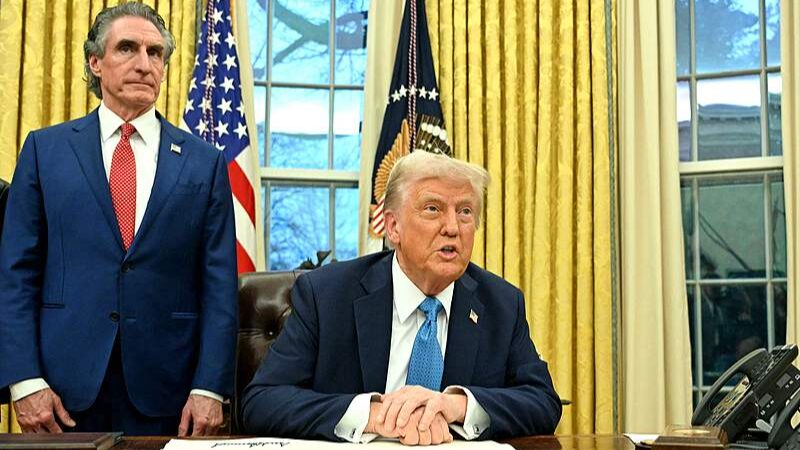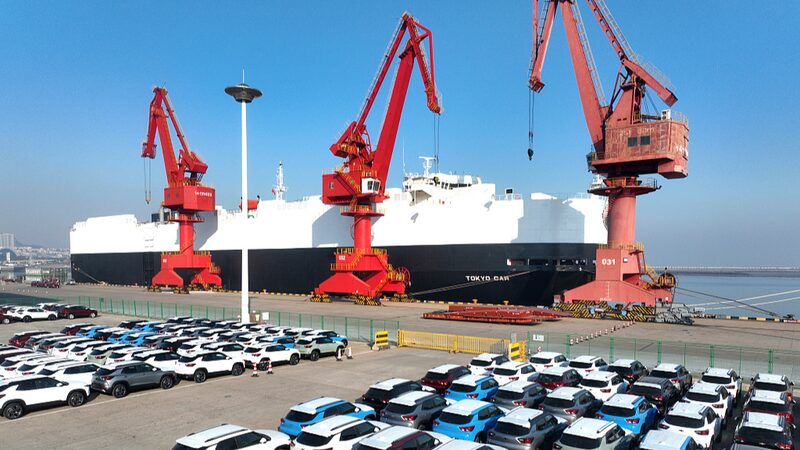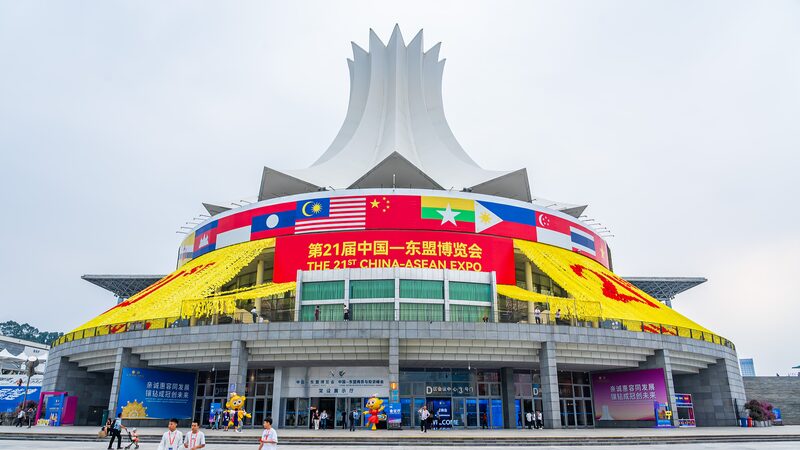ASEAN and China have transformed their economic partnership from commodity-focused exchanges to a digitally driven powerhouse, anchored by cross-border innovation and strategic agreements. Trade between the two regions surpassed $900 billion in 2023, cementing China’s position as ASEAN’s largest trading partner for over a decade.
From Handshakes to Hyperlinks: The ACFTA Catalyst
The ASEAN-China Free Trade Agreement (ACFTA), implemented in 2010, slashed tariffs on 90% of goods and laid the groundwork for today’s integrated supply chains. Agricultural products from Southeast Asia now reach Chinese consumers within days via platforms like Alibaba’s Tmall Global, while Chinese tech investments fuel smart cities from Jakarta to Hanoi.
Digital Bridges Reshape Commerce
E-commerce adoption has soared since 2020, with ASEAN’s digital economy projected to hit $200 billion by 2025. Alibaba, Tencent, and homegrown platforms such as Lazada and Shopee now enable even small Malaysian spice traders to sell directly to Shanghai households – a shift accelerated by pandemic-era logistics innovations.
Balancing Growth With Strategic Autonomy
While ASEAN benefits from China’s market of 1.4 billion consumers, governments cautiously navigate trade imbalances. China accounts for 20% of ASEAN’s total trade, but some member states seek to diversify partnerships amid concerns about overreliance. Ongoing negotiations for Version 3.0 of ACFTA aim to address digital trade rules and sustainable development goals.
As Malaysian academic Phar Kim Beng notes, “The partnership thrives on pragmatic symbiosis – China gains agricultural and manufacturing inputs, while ASEAN accesses capital and tech. But navigating this dance requires calibrated policies.”
Reference(s):
The trajectory of ASEAN-China trade: From E-market to free market
cgtn.com







